Contribution: Schools Alive with Possibility
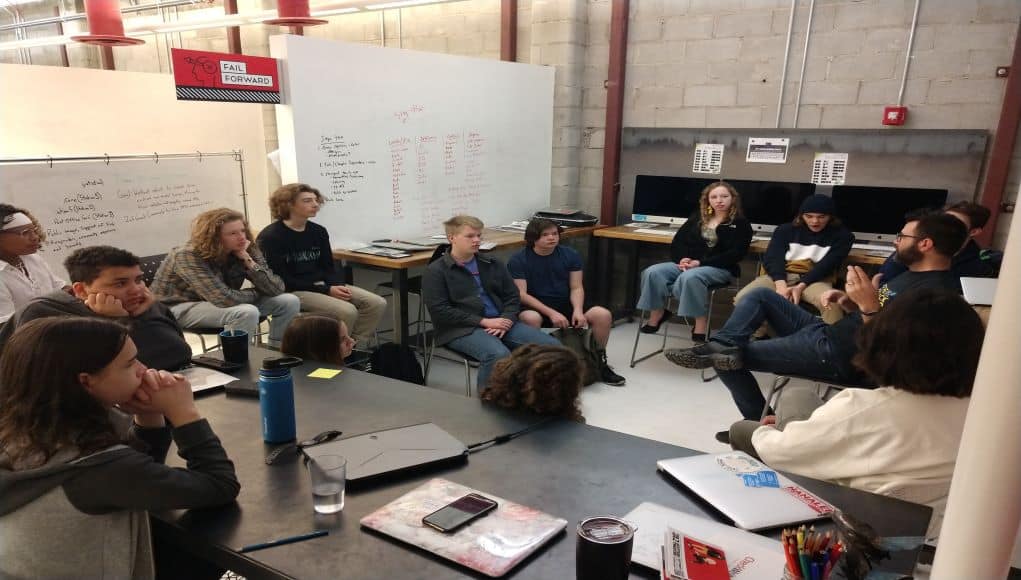
What if, instead of shuffling from one disconnected course to another, high school was an invitation to contribution–a chance for each young person to figure out what they care about, what they’re good at, and how and where they want to make a difference?
One thing we know about the #FutureofWork is that it will be full of novelty and complexity. More work will be done in teams augmented by smart machines. Taking Initiative, using design thinking, and practicing collaboration will become even more important.
What if high school was like earning a driver’s license but for citizenship. What if young people had the opportunity to investigate the world they will inherit and begin to make their contribution?
There are five reasons schools should focus on contribution:
1. Better Preparation. Ironically, the best preparation for a future full of novelty and complexity is helping young people make a contribution here and now. Rather than focus on what kids might need 15 years in the future, engaging young people in complex problem solving and delivering value builds agency, collaboration, and subject matter expertise.
2. More Motivation. Focusing on local versions of global problems and opportunities makes learning authentic, integrated and community connected. Young people gain confidence as they experience success and contribute to their community.
Speaking to better preparation and motivation, you’ve probably heard Google’s Jaime Casap say, “Don’t ask a student what she wants to be when she grows up. Ask her what problem she wants to solve.”
3. Pressing Problems. Young people are the first generation to be experiencing the impact of dramatic climate change—terrible storms, violent fires, and rising sea levels—and perhaps the last generation with a change to effect a sustainable change. This is also the first generation that will experience superintelligent machines and help their communities deal with all of the ethical issues associated with sharing the benefits and guarding against existential risks.
4. More Opportunity. As evidenced by the global climate strike organized by 16-year-old Swedish activist Greta Thunberg, it has never been easier to launch a global campaign. New tools make it easier to code an application, start an initiative, or launch a social media campaign.
5. Social Economy. As populations age and as automation eats rule-based jobs, the need and opportunity for the social economy will expand. The social economy will be built on the traits that make us uniquely human—care, consideration, creativity, and critical thinking.
“Humans generally find their place in life through contribution,” said Jeff Fray, psychologist and SVP at the growth platform Gloo, “and it is this desire to contribute that is the massively latent human resource that will drive tomorrow’s social economy.”
“Measured efficacy will unlock the new social economy,” said Fray. “Data will tell the value creation story of how well one person supports the growth of another.”

Organizing school for contribution
A growing number of high schools are organized for contribution. They feature extended challenges and use design thinking to address real-world problems. Seven examples (the first four are XQ grantees) include:
- Iowa BIG in Cedar Rapids Iowa helps students lead their own learning journey while they discover their gifts, talents, and interests.
- At Latitude High in Oakland students participate in extended learning opportunities including studios, internships and student-designed businesses.
- Crosstown High in Memphis is a learner-centered school that engages students in meaningful, project-based work and authentic relationships.
- Purdue Polytechnic in Indianapolis is building a STEM school around students. Students create individualized schedules and engage in real-world challenges with industry partners.
- Design Tech High on the Oracle campus in Redwood City starts with a 9th-grade prototyping class and ends with a senior engineering project.
- Learners at Health Leadership High in Albuquerque work on projects that are a priority for community wellness. In doing so, learners become advocacy leaders for a healthier community.
- One Stone is a design-focused and student-led school and afterschool program in Boise where young people engage in community shaping projects. Students unite for the annual One Event focused on “Forging an Army of Good for Good.”

These schools have shifted from learning just-in-case learning to learning with cause. Rather than focus 15 years in the future, they engage young people in making a contribution where they are. They build agency and collaboration while helping learners experience success as they contribute to their community.
“Everyone deserves an education that is about their own development as a human being. The purpose of education — is for me to become me — in the context of the society that I live, so I can truly contribute to my society,” said Peter Senge.
What if, instead of a list of required courses, high school was organized around the opportunity to contribute? Jeff Fray sees it as a “big bet for the future: human motivation for meaningful connection and contribution that will hold civic society together.”
For more, see:
- New School Formula: Harder Problems and Fewer Answers
- Organizing Your School As A List Of Courses Doesn’t Work for Learners
- How to Be Employable Forever
- Podcast: 5 Reasons High Schools Should Help Young People Find and Make Their Unique Contribution
This post is a part of the Getting Smart Future of Work Campaign. The future of work will bring new challenges and cause us to shift how we think about jobs and employability — so what does this mean for teaching and learning? In our exploration of the #FutureOfWork, sponsored by eduInnovation and powered by Getting Smart, we dive into what’s happening, what’s coming and how schools might prepare. For more, follow #futureofwork and visit our Future of Work page.
Stay in-the-know with innovations in learning by signing up for the weekly Smart Update. This post includes mentions of a Getting Smart partner. For a full list of partners, affiliate organizations and all other disclosures please see our Partner page.
This post was originally published on Forbes.





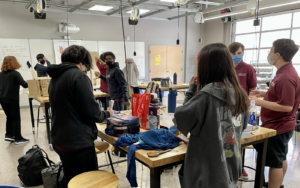
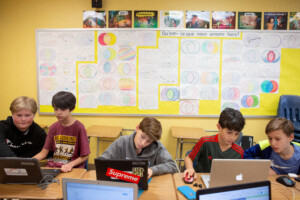
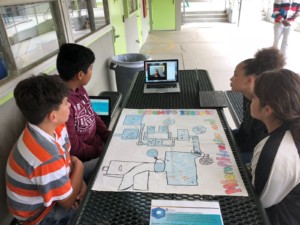
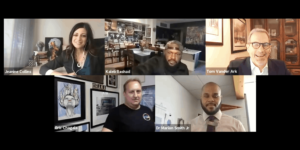
0 Comments
Leave a Comment
Your email address will not be published. All fields are required.